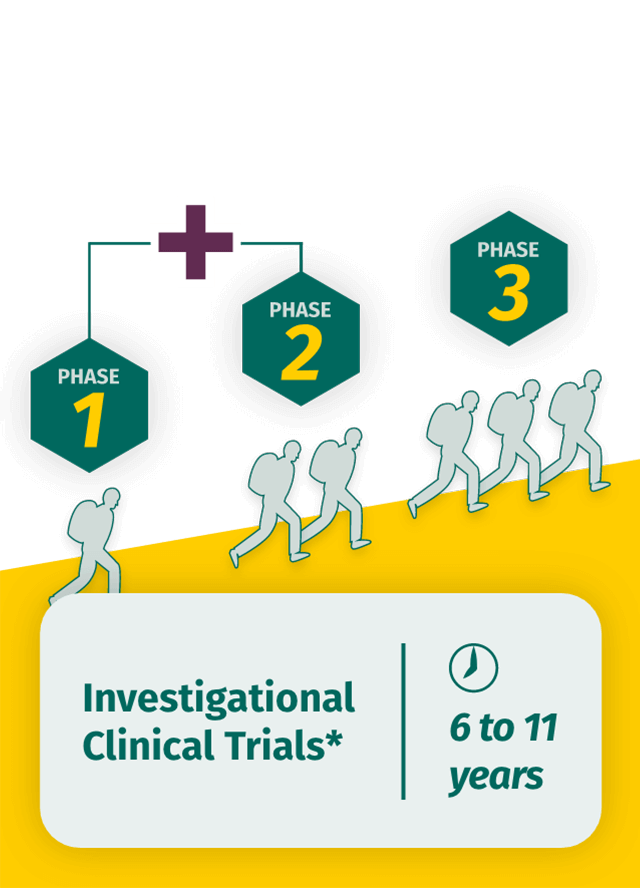The job of the immune system is to defend against pathogens, such as viruses, germs, and other “invaders,” from outside the body that could cause harm or sickness when inside the body. The challenge is what we are using as a potential treatment is normally seen as an invader by the body. For this reason, it is possible that the vector (a modified virus) could be recognized as an invader and trigger an immune response. While this defense mechanism is normal and expected, it could cause the immune system to resist, or attempt to fight off, the gene therapy. This is because the immune system may see the vector, acting as the delivery vehicle for gene therapy, as something that isn’t supposed to be there. This may lead to immune responses in the body, such as:
- Liver inflammation, which could be harmful to the liver if left untreated, especially in patients with a history of liver problems. In addition, if not controlled, this inflammatory response in the liver could cause loss of the factor protein made from gene therapy. One potential approach to manage the immune system is the use of drugs that temporarily dampen the immune system response.
- Each clinical trial is different, and some may require treatment before or after gene therapy with an immunomodulatory drug to do just this.
- The development of antibodies in response to AAV gene therapy, which could make someone ineligible for future AAV gene therapies. This is because the antibodies would recognize the previously identified AAV gene therapy and escort it out of the body.
- The development of antibodies against FVIII or FIX (also called inhibitors), which would limit the ability of gene therapy to work as desired.
- Allergic reactions ranging from mild to severe.
After gene therapy, individuals are able to return to their previous treatment should their doctor deem it necessary. It is not known yet if someone will be able to receive a second dose of gene therapy.















